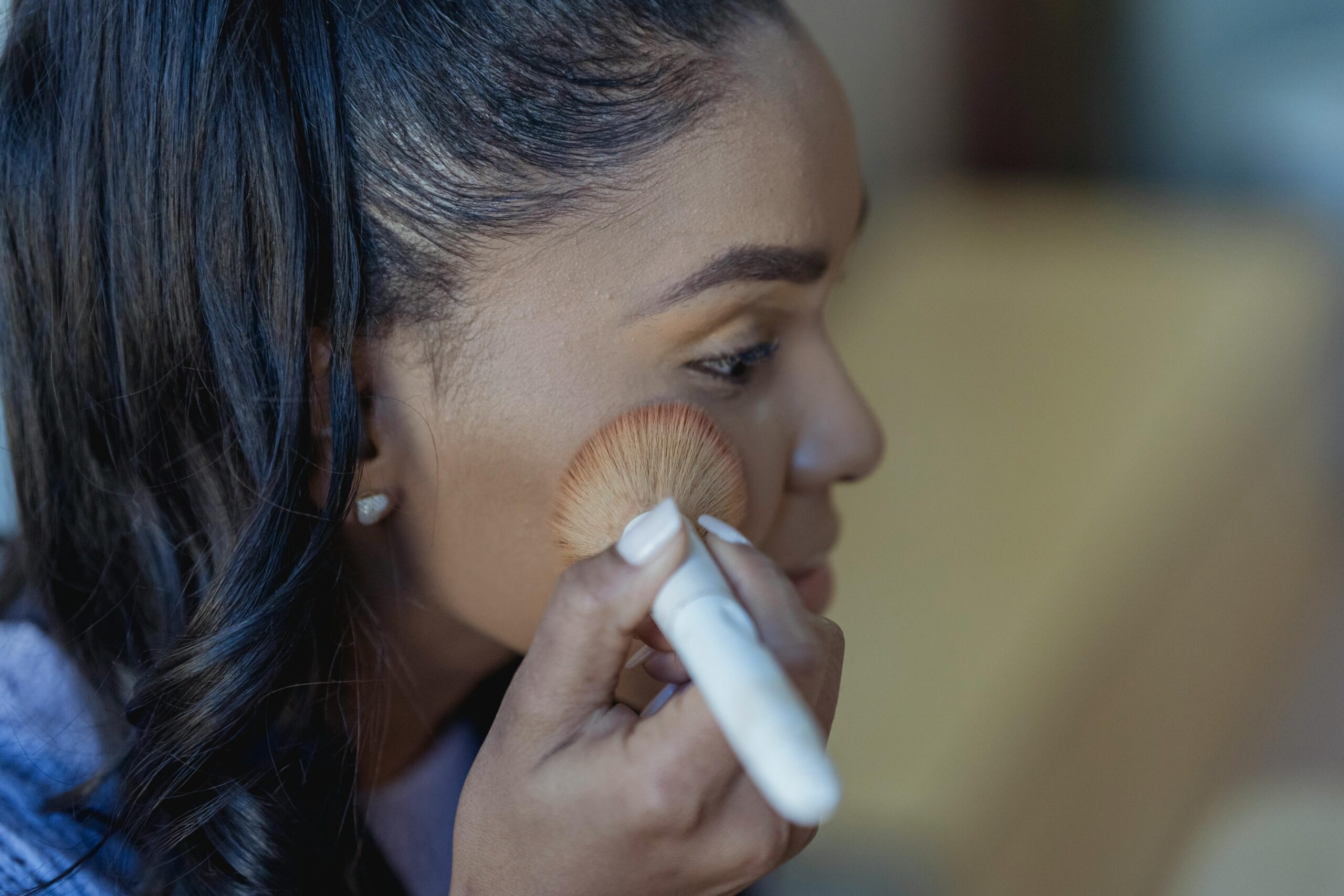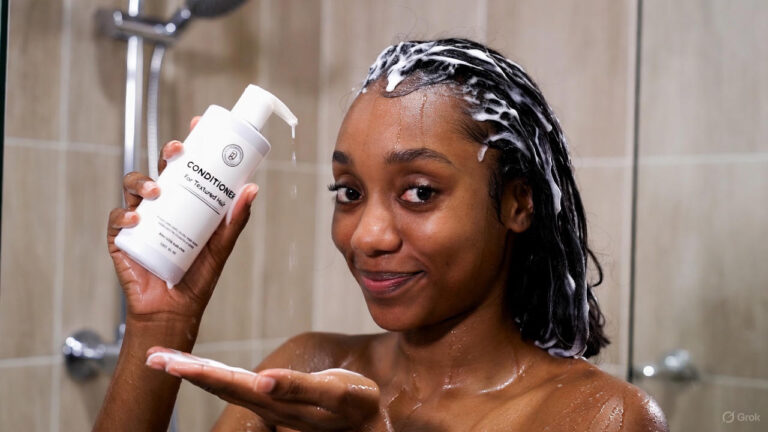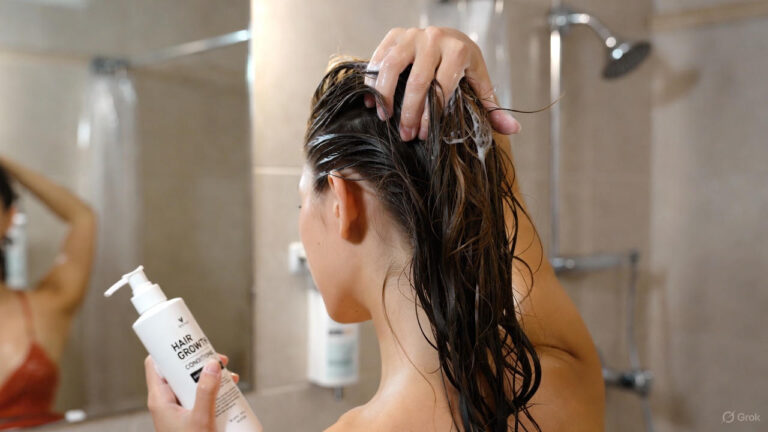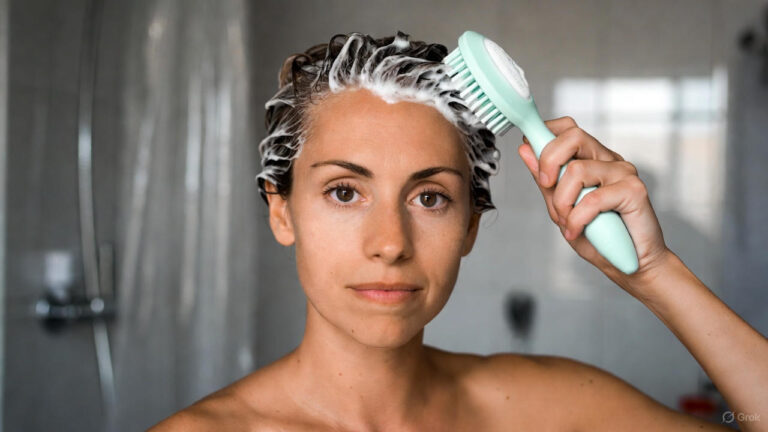Hair contouring is a revolutionary technique that uses color placement to enhance your facial features and shape. This method involves using different shades to create dimension, highlight your best features, and balance out your overall look. It’s a powerful tool for transforming how you perceive your face and can complement your unique style effortlessly.
Techniques for Hair Contouring
Several techniques can be employed in hair contouring, each with specific applications based on your desired outcome.
1. Balayage
Balayage is a freehand technique that involves painting color onto the hair. This method allows for a natural, sun-kissed look, with lighter shades applied to areas you want to accentuate. For example, placing highlights around the face can draw attention to the cheekbones and eyes.
2. Ombre
Ombre involves a gradient of color, transitioning from dark at the roots to light at the tips. This technique can elongate the face, especially when darker shades are used at the crown and lighter shades at the ends. It’s ideal for adding depth and dimension to longer hairstyles.
3. Foil Highlights
Foil highlights are a classic coloring method that can be tailored for contouring. By strategically placing lighter foils around the face, you can create a framing effect that highlights your features. This technique works well for achieving a more defined look.
4. Root Shadowing
Root shadowing involves applying a darker color at the roots and blending it into lighter shades towards the ends. This creates depth and dimension, helping to soften features and add balance. It’s particularly effective for those with a round face, as it can elongate the appearance.
Choosing the Right Colors
The success of hair contouring relies heavily on choosing the right colors based on your skin tone and face shape.
1. Warm vs. Cool Tones
Identify whether your skin has warm or cool undertones. Warm tones generally look best with honey, golden, or copper shades, while cool tones suit ash, platinum, or berry hues. This consideration ensures that the colors enhance your natural complexion.
2. Face Shape Considerations
Understanding your face shape is crucial in contouring. For instance:
- Round Faces: Opt for darker shades around the sides to create the illusion of length.
- Square Faces: Lighter highlights around the chin can soften the jawline.
- Oval Faces: This shape is versatile; you can use highlights to accentuate features without worrying about balance.
Maintenance of Contoured Hair
Regular maintenance is essential for preserving the look of contoured hair.
1. Use Color-Safe Products
Invest in color-safe shampoos and conditioners to maintain vibrancy. These products prevent fading and help keep hair healthy.
2. Regular Touch-ups
Schedule regular appointments for touch-ups, especially if you have significant regrowth or fading. This keeps the color looking fresh and vibrant.
3. Avoid Heat Damage
Minimize heat styling to protect your color. If heat is necessary, always use a heat protectant to preserve hair integrity.
Conclusion
Hair contouring is an innovative technique that enhances your face shape through color placement. By understanding the various methods and choosing the right colors, you can achieve a look that highlights your natural beauty. Embrace this art and transform your hairstyle into a canvas that flatters your features beautifully.
Frequently Asked Questions (FAQs)
1. What is hair contouring?
Hair contouring uses strategic color placement to enhance and balance facial features, similar to makeup contouring.
2. How do I choose the right colors for my hair?
Choose colors that complement your skin tone—warm tones for warm undertones and cool tones for cool undertones.
3. Can I contour my hair at home?
Yes, but for best results, consider consulting a professional colorist who understands contouring techniques.
4. How often should I maintain contoured hair?
Regular touch-ups every 6-8 weeks are recommended, depending on hair growth and color fading.
5. Is hair contouring suitable for all hair types?
Yes, hair contouring can be adapted for various hair types, including straight, wavy, and curly hair.
6. What are the risks of hair contouring?
Potential risks include color fading and damage if proper maintenance and care are not followed. Always use high-quality products to minimize damage.



